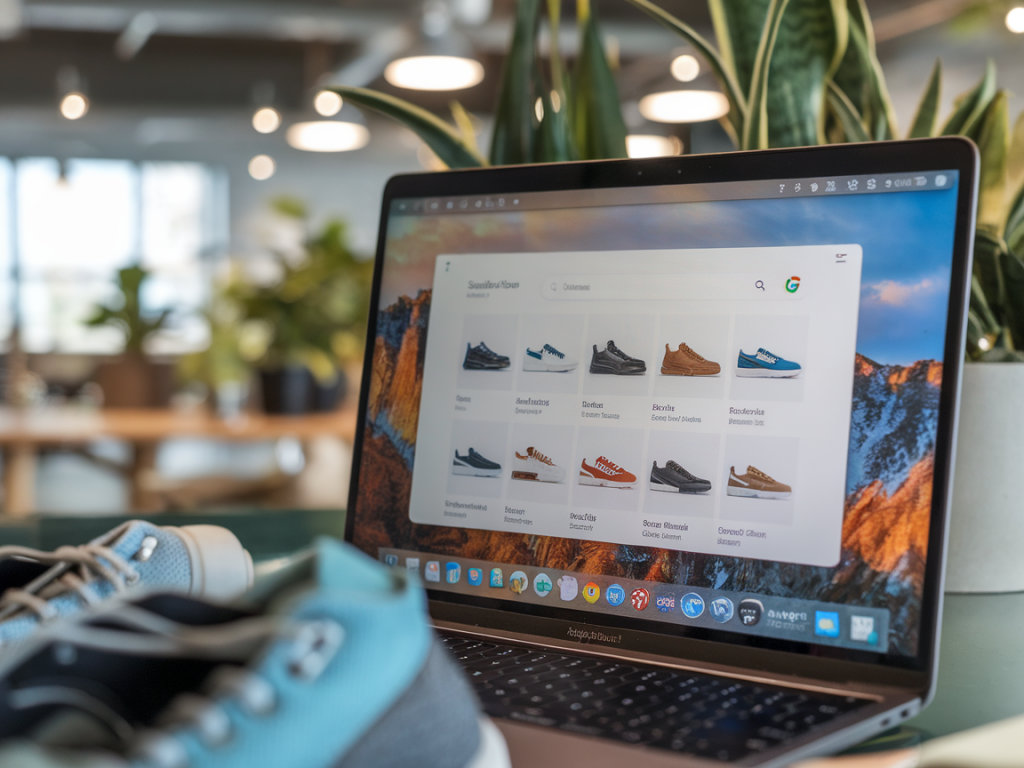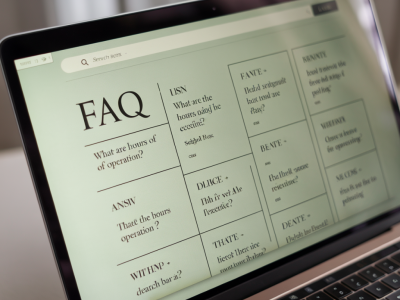
When we think about SEO, most of us immediately picture keywords, backlinks, content strategy, and maybe even the occasional Google algorithm update. But what if I told you there’s an emerging and unexpected tool that could quietly transform product discovery and even enhance your organic visibility? That tool is Google Lens, and yes, it's not just for identifying flowers or translating menu text while traveling.
As someone who has spent over a decade helping businesses optimize their online presence, I live for those moments when a hidden gem like this emerges on the digital marketing horizon. So, let’s explore together how Google Lens is subtly shaping the landscape of search and what that means for us as SEO professionals and digital marketers.
What Is Google Lens and How Does It Work?
Google Lens is a visual search tool powered by AI and integrated with your device’s camera. It allows users to search the web using photos instead of text. You simply take a picture or point your camera at an object, and Google Lens identifies what you're seeing and offers relevant content, links, or shopping suggestions.
Originally launched in 2017, Google Lens has slowly but steadily become a blending point between physical reality and digital content. It’s available inside the Google app, Android’s native camera, and now even on desktop via Google Chrome right-clicks on images.
What makes Google Lens particularly fascinating for SEO is its increasing role in product discovery. Consumers are now using it to identify products they see in real life—from shoes worn by someone on the metro to a stylish lamp in a coffee shop—and it’s changing how people search, and more importantly, how they buy.
Why SEO Professionals Should Pay Attention
Most still treat Google Lens as a novelty, but if you look beneath the surface, there are strong SEO signals that are becoming more significant with every update. Here are some reasons why I’ve started integrating Google Lens considerations into my digital strategies:
- Visual search is on the rise: According to Google, over 8 billion visual searches are now conducted monthly. That’s not a number any marketer should ignore.
- Non-textual searches are bypassing traditional queries: Users are skipping typing altogether and going straight to images, which changes how and where they find your products.
- Shoppable results are becoming mainstream: Google Lens can identify retail items and link them to shopping results, often highlighting images pulled directly from e-commerce websites.
How Google Lens Impacts Product SEO
Here’s where it gets really interesting. The way your product appears in Lens search results depends heavily on several SEO fundamentals—though with a slightly visual twist. That means traditional tactics still apply, but they need to be optimized for a visual-first approach.
I’ve noticed clients who paid close attention to product image SEO (think descriptive alt text, structured data, and filenames) are more likely to have their items surfaced via Google Lens. And that visibility doesn’t just stop at traditional SERPs; it jumps right into real-world discovery moments. That’s powerful.
Tips to Optimize for Google Lens
If you want to prep your content to show up when someone snaps an image with Google Lens, consider these optimization strategies that I’ve started using and recommending to clients:
- Use high-quality, descriptive images: Avoid grainy or ambiguous pictures. Make sure product photos are clear, well-lit, and showcase unique angles or features.
- Leverage detailed alt tags: Treat your alt text like mini product descriptions. Include specifics like patterns, colors, and styles. For example, use “Black leather Oxford shoes with brogue detailing” rather than just “black shoes.”
- Structured data still matters: Add appropriate schema.org markup for products. This helps Google understand the context of your images and link them to relevant visual queries.
- Optimize file names: A file named “product123.jpg” is a missed opportunity. Rename it to something meaningful like “vintage-gold-necklace-18k.jpg.”
- Utilize Google Merchant Center: Sync your e-commerce site if possible so product data (price, availability, and reviews) can be pulled by Google Images and Lens.
Image SEO & Google Shopping Integration
One trend that’s becoming more obvious through my testing is how Google Lens integrates with Google Shopping. Static product images can now link directly to e-commerce listings based on visual recognition. By ensuring your product pages are participating in Google Shopping listings and have clean, structured image data, you increase the odds of Lens recognizing your item during a real-world search.
Google is clearly marrying its ecosystems—Search, Shopping, and Lens—into a more seamless experience. That means your product image isn’t just content anymore; it’s a direct search trigger.
How I Saw Google Lens Work for a Niche Brand
Let me share a quick story. A high-end Scandinavian interior design store I consult with started tagging product images with much more detailed alt text and filenames. Within weeks, they began seeing referral traffic from Lens searches. One of their hanging lamps was matched by Lens in users' images taken from upscale cafés, and it led to a spike in search impressions on Google’s Search Console—via the “Images” filtering option.
This brand never aimed for traditional mass-market SEO traffic; it was ultra-niche. But Google Lens opened an entirely new type of visibility: contextual discovery in the wild. That type of inbound traffic is authentic, high-intent, and difficult to replicate with ad campaigns alone.
Brands Embracing the Visual Search Revolution
Some brands clearly understand the potential. Take IKEA, for instance. Their app lets users take photos of furniture and receive matching or similar products from their catalog. ASOS has also leaned into visual search, allowing users to upload a picture and instantly see wardrobe suggestions. These are not accidental features—they signal a broader trend toward a searchless, visual-driven web.
As marketers and SEO professionals, we should be ready for this. Google Lens represents a quiet but massive shift in user behavior. And while it may not dominate headline algorithms yet, it's already influencing purchase decisions—and that’s what ultimately matters.
What's Next?
Visual discovery via Google Lens is still maturing, but it’s already much more than a novelty or tech demo. It’s a signal of where search is headed: more intuitive, more visual, more contextual. If we embrace that shift today—by optimizing our image content, understanding how visual browsing impacts intent, and embedding visuals as a core part of our SEO strategies—we gain a measurable edge.
Don't wait for your competitors to figure it out first. Explore your own site through the lens—literally—and ask yourself: would Google recognize my product if someone snapped a photo of it right now? If not, it’s time to rethink how visual your digital presence really is.

